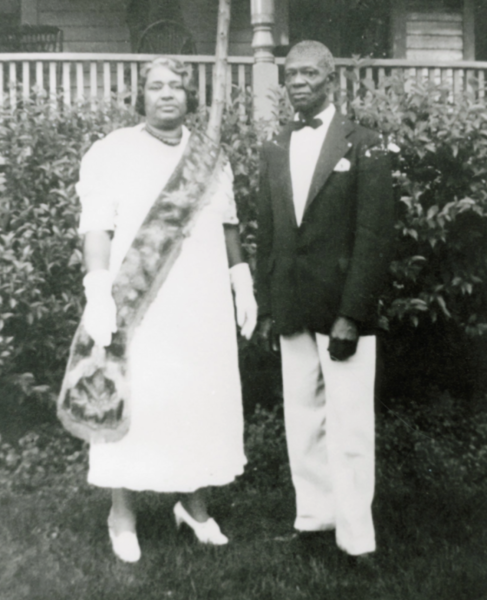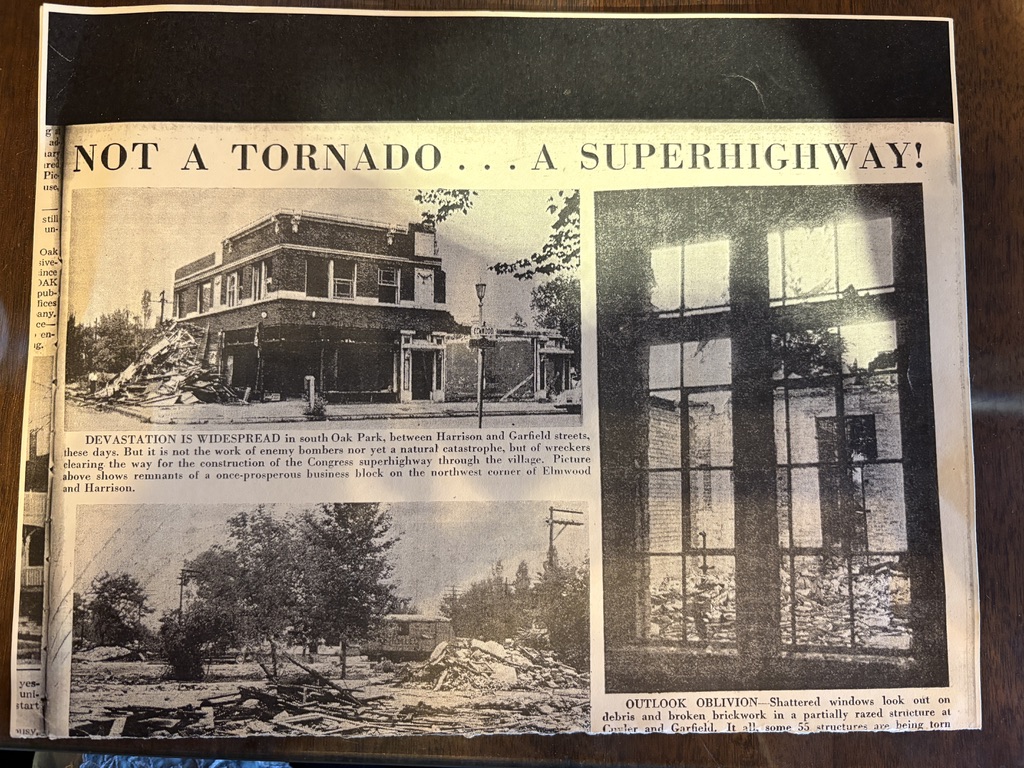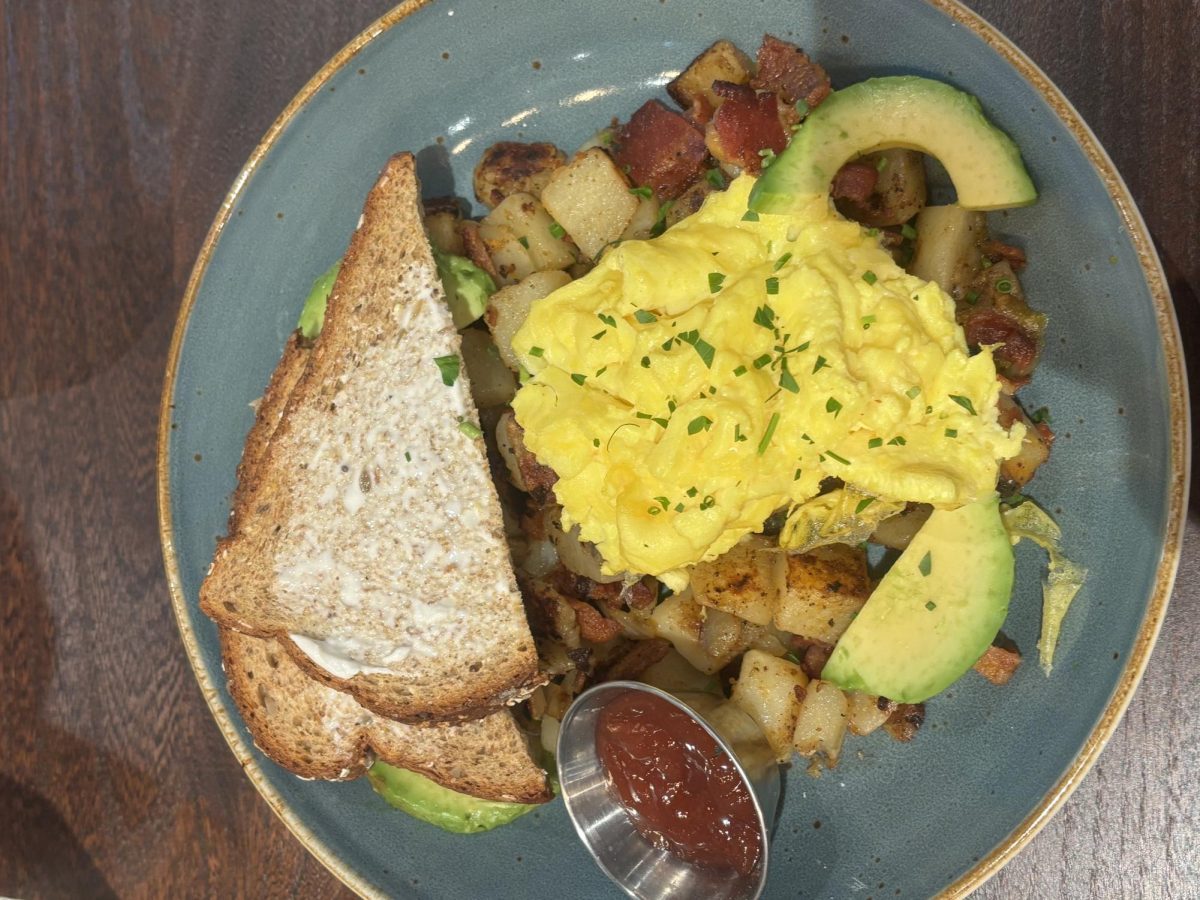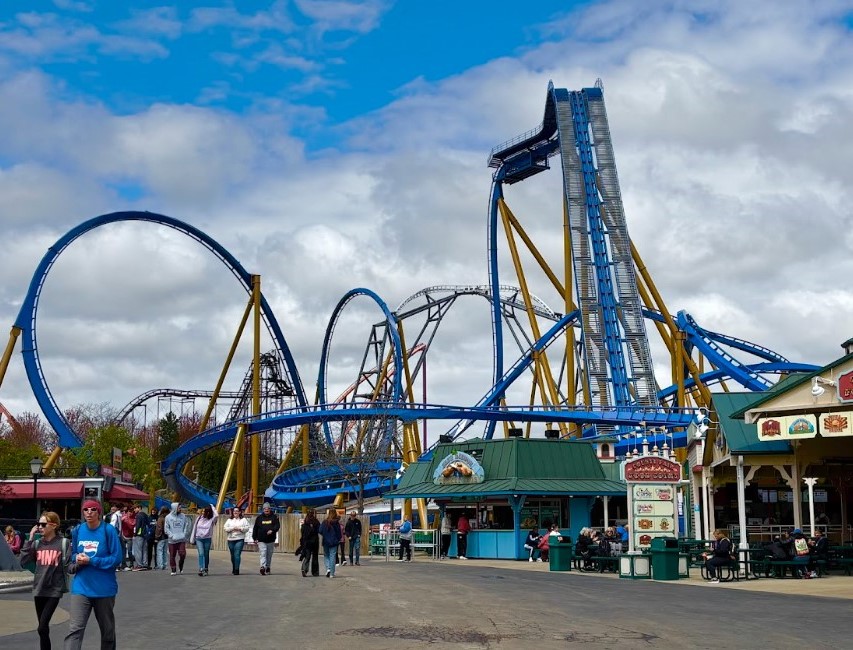
Part 1 of this series, which ran in Trapeze’s Oct. 23 edition, detailed the growth of the Black community in Oak Park between 1900 and 1920. Black residents settled near Lake and Marion streets and established the Mt. Carmel Baptist Church at what is now 1138 Westgate St. But the church and local residents came under threat when business interests sought to expand into the area.
The transformation of the block of Lake Street between Marion Street and Harlem Avenue in Oak Park created conflicts between the established Black community on Lake Street and Oak Park business investors looking to transform the block into a shiny business district.
During this time of increasing economic development and increasing economic pressure, mysterious fires erupted in the area, according to the 2009 book “Suburban Promised Land: The Emerg-ing Black Community in Oak Park, Illinois, 1880-1980.” The authors note that, “On Christmas Day 1928, a suspicious fire caused $1,000 damage to the Mt. Carmel Baptist Church”–a cornerstone of the Black community.
Although no police reports were filed about these mysterious fires, at the time racially motivated fire bombings were not unheard of. For example, on April 12, 1914,at 3 a.m. the household of Black resident Fedrick Jefferson was firebombed. The attack was featured on the front page of the Chicago Defender newspaper, which stated, “Oak Park has another attack of colorphobia.” The timing of these fires is suspicious to say the least, and the motive seemed to be greed along with racism. According to “Suburban Promised Land,” following the mysterious fires set on Mt.
Carmel Baptist Church, Pastor Samuel J. Ford wrote an “anguished appeal” in the Oak Leaves newspaper:
Of course, we cannot conceive of this report as being true since this report by no means represents what we consider to be the true spirit of the community in which we are located, but we consider this to be the spirit of grafters within our ranks, and the spirit of grafters around us, who are willing to rob poverty in order to increase their over surplus. Such grafters might well take cognition of that famous narrative recorded in the scriptures (2 sam. 12 chap. 1-7) and consider us in the name of common justice. Once more we make an appeal to the friends of the church and the friends of the cause of Jesus Christ for their moral support in helping us to discourage the grafting spirit that is anxious to devour our little church.”
The scripture quoted above describes a rich man who had many farm animals stealing a poor man’s only lamb to feed his guests–much like the businessmen of Oak Park attempting to steal the wealth within the land of the Black community. Furthermore, Ford also calls the arsonists and the businessmen of Oak Park “grafters,” meaning thieves, showing that the members of the Mt. Carmel Baptist church were well aware of the arsonists’ motivations. They knew that the firebombing was meant to terrorize the Black community into displacement for profit. Subsequent years of Oak Park’s economic growth would continue to swallow the church and the neighboring Black community to the benefit of the white Oak Park business community.
An Oak Leaves article from November 28, 1930 describes how the neighborhood had changed, saying, “The church then stood surrounded by all houses, but during the last fifteen years all land has been used for commercial purposes and it is hemmed in on all sides.” A 1930s map depicting Lake Street and the surrounding areas shows Mt. Carmel Baptist Church surrounded by commercial land. At the time, the block of Lake Street between Harlem Avenue, Marion Street and Williams Street had 58 different business addresses and 31 accompanying storefronts.
Land previously filled with small homes and small businesses looked unrecognizable. According to a historical survey of Oak Park by the Federal Works Progress Administration in 1937, “Branch and chain stores now occupy 87.5% of the street level frontage on Lake street between Harlem and Marion Streets.”
The same survey stated, “The latest business census report of Oak Park made by the Chamber of Commerce for 1935 tabulated 582 retail stores with 3,020 employees.” The displacement of the Black community was strikingly profitable for Oak Park at the time. According to the same historical survey, “The annual volume of retail business, $23,799,000, is remarkable for a suburban community 87.51% zoned for residence purposes.”
This land, which was effectively stolen from Oak Park’s Black community in the early 1930s, has been increasing in value to this day and is now worth more than $100 million, according to information received through a Freedom of Information Act request. FOIA allows public records that are in the possession of public agencies to be accessed by the public upon written request. I requested the land values of all addresses in the block of Lake Street between Harlem Avenue, Marion Street and Williams Street.
This area has been the main business district in Oak Park for almost 100 years. It is currently home to stores like Target, Chipotle, Old Navy, Starbucks and The Emerson Apartments, a 20-story, multi-million dollar apartment complex. Mt Carmel Baptist church stood at 1119 Williams St., which is today 1138 Westgate. Target, a large retail store, sits at 1129 Lake St. and covers a variety of addresses including 1138 Westgate.
Because Target covers the land previously held by the Mt. Carmel congregation, a system of ratios can be set up to find out the value of Mt. Carmel’s land today. The retail store Target stands at 21,087 square feet with an assessed value of $2,763,693. Mt. Carmel Baptist Church
covered 3,000 square feet. Using these data points in a ratio equation, a calculated value of the Mt. Carmel land today is $393,184. The only known evidence of the sale of Mt. Carmel Baptist church is in an Oak Leaves article from Nov. 28, 1930, which stated, “The price paid was 400
per foot.” To the best of my knowledge, the purchase price of Mt. Carmel Baptist Church in 1930 was $12,000. Since then, millions of dollars have been made on this land, in retail profits and rent.
Coming in the next edition of Trapeze: how much the land value has increased, how Oak Park has profited off this displacement and how the harm might be repaired.






